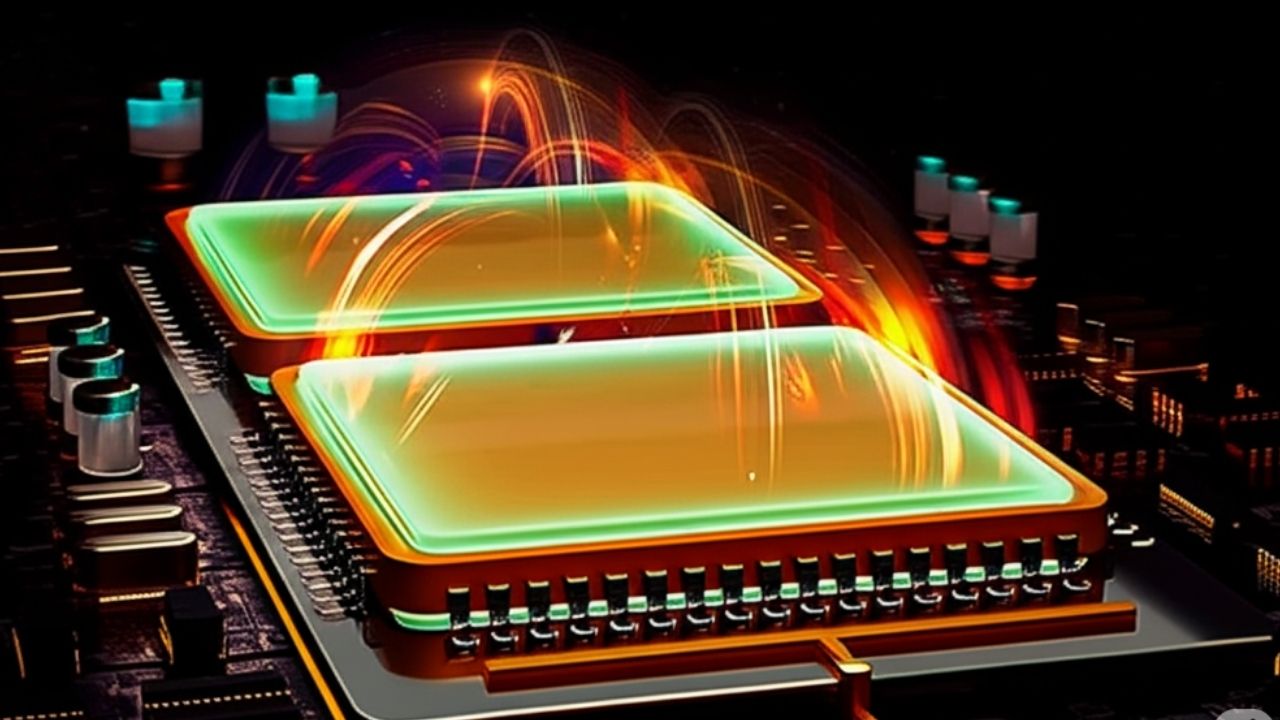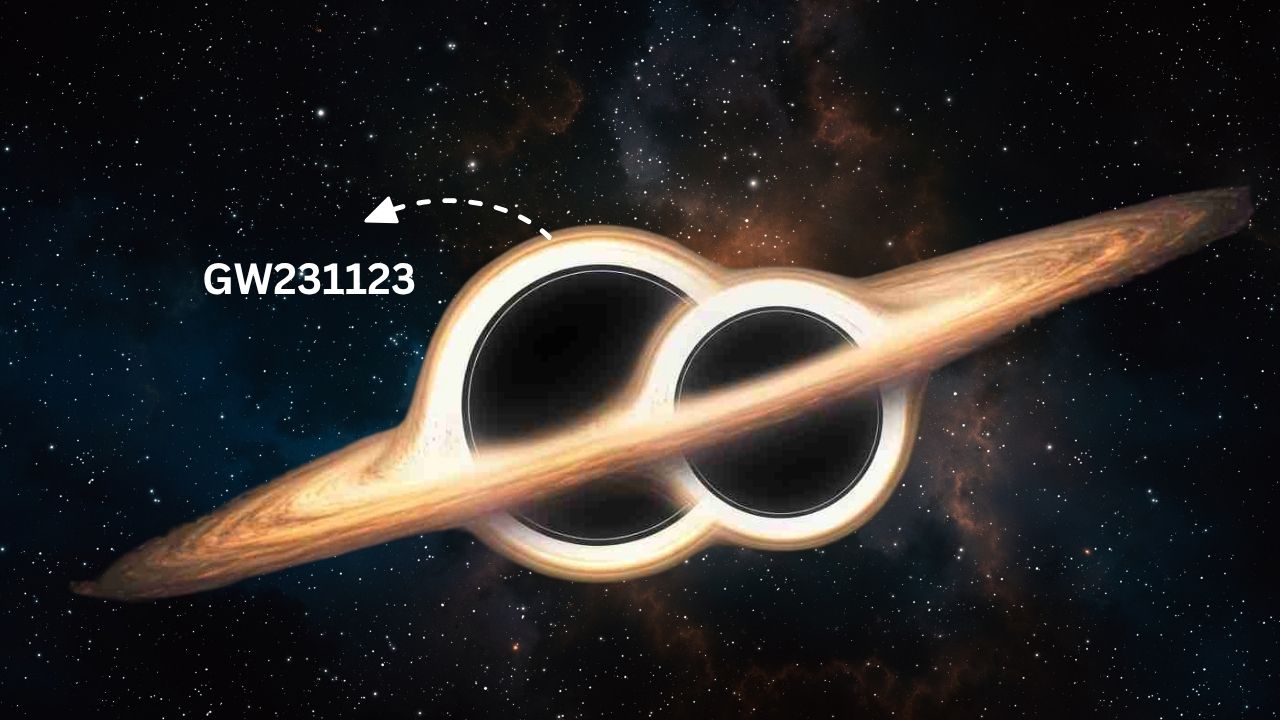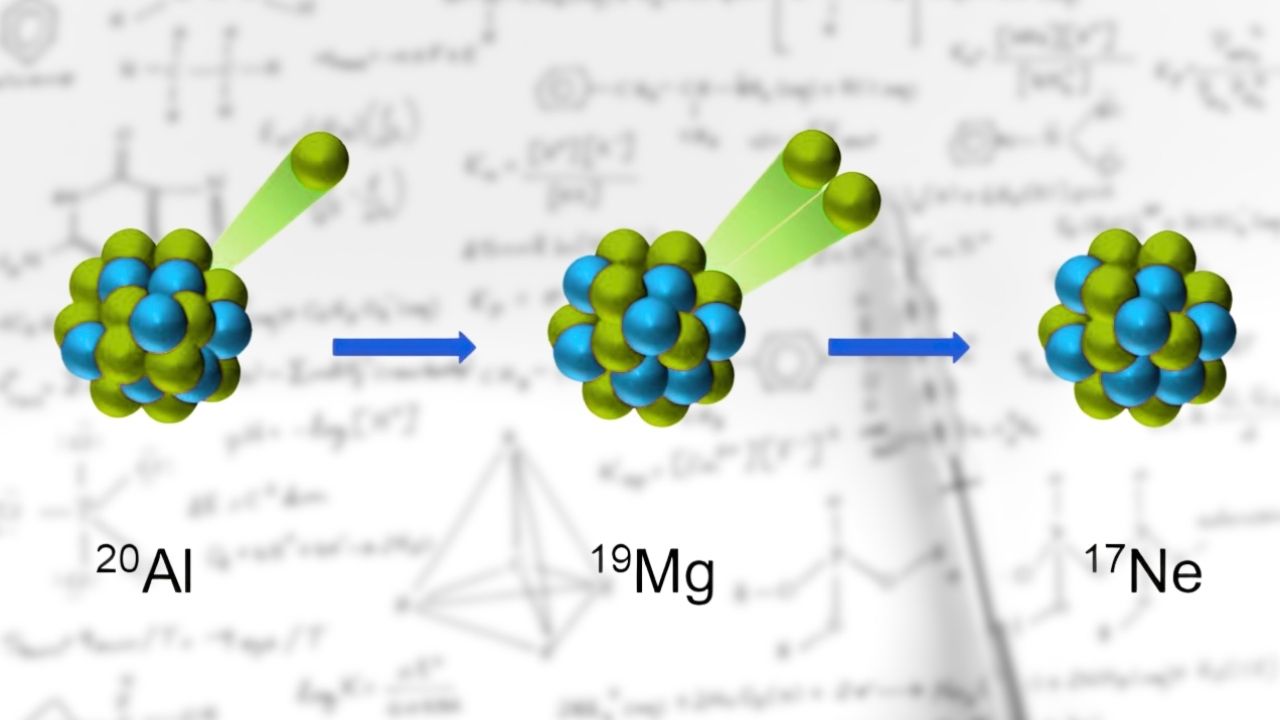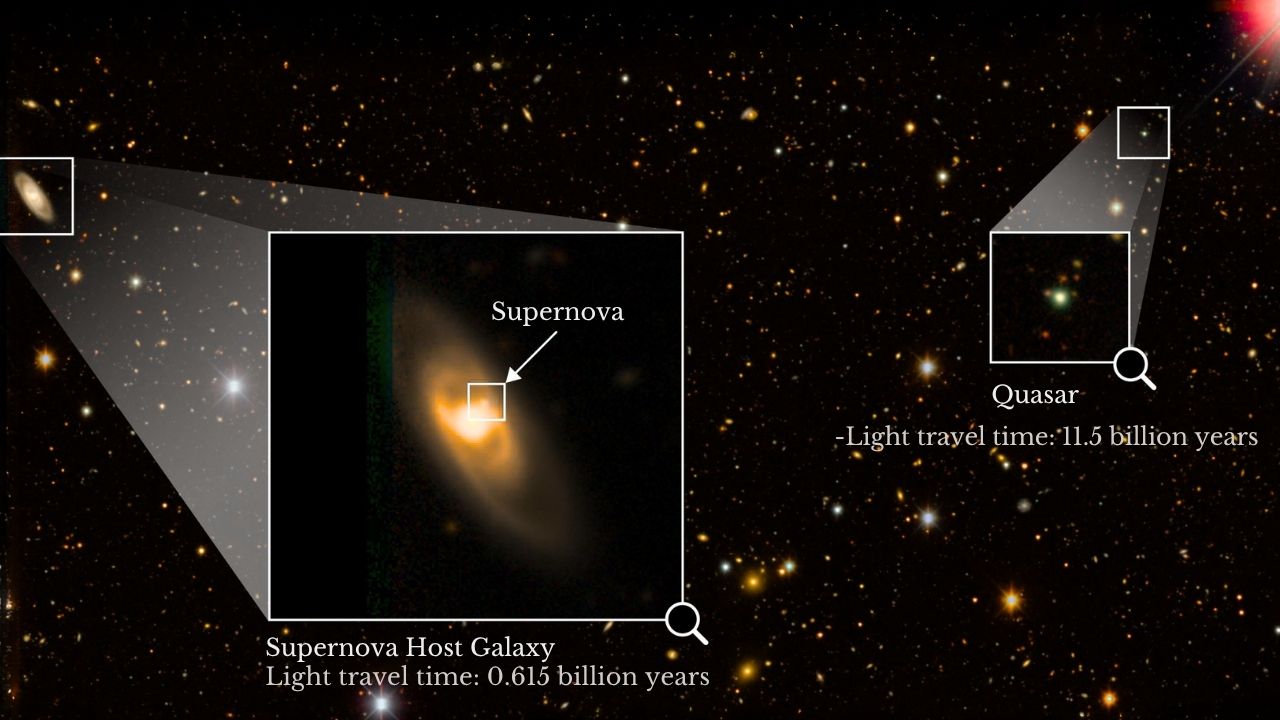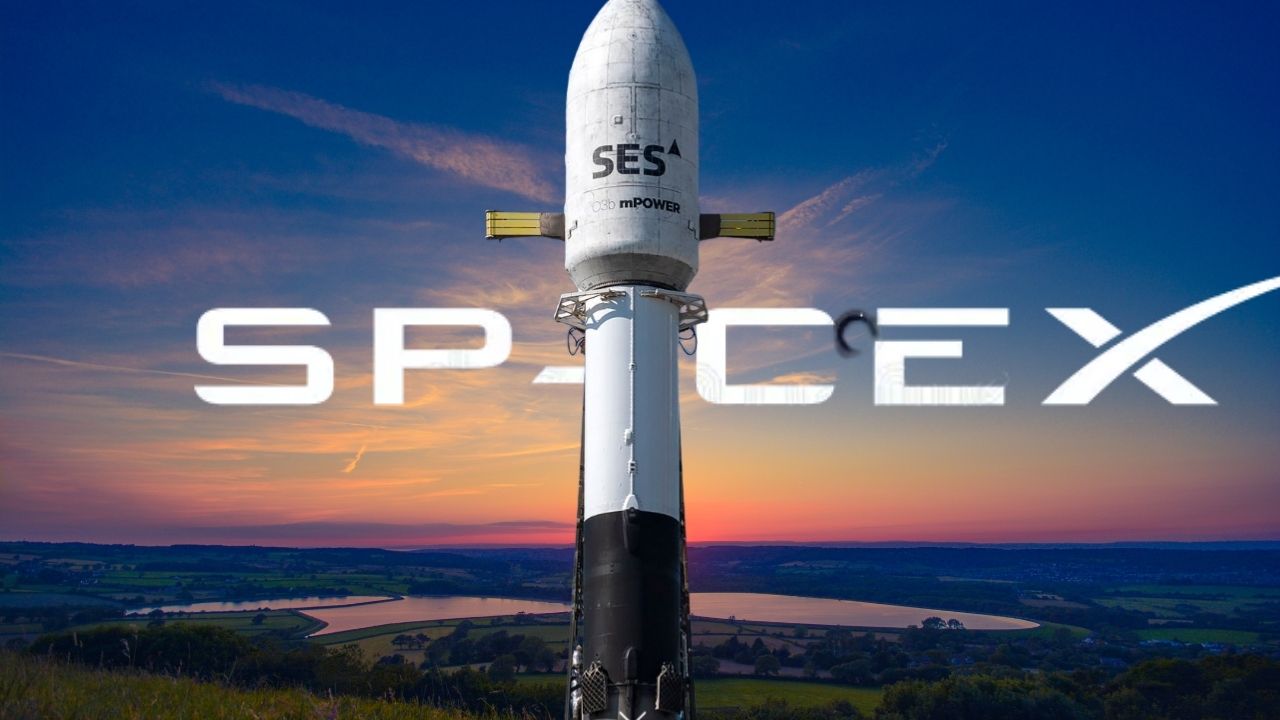Physicists observe image rotation phenomenon in plasma for the first time—a discovery that stands as a milestone in both fundamental science and practical plasma research. This breakthrough confirms a long-standing theory about how waves interact with moving media, and for the first time, it has been directly observed in a laboratory setting using plasma, the fourth state of matter. The finding not only validates theoretical predictions but also opens new avenues for understanding the behavior of waves in both terrestrial and cosmic environments.
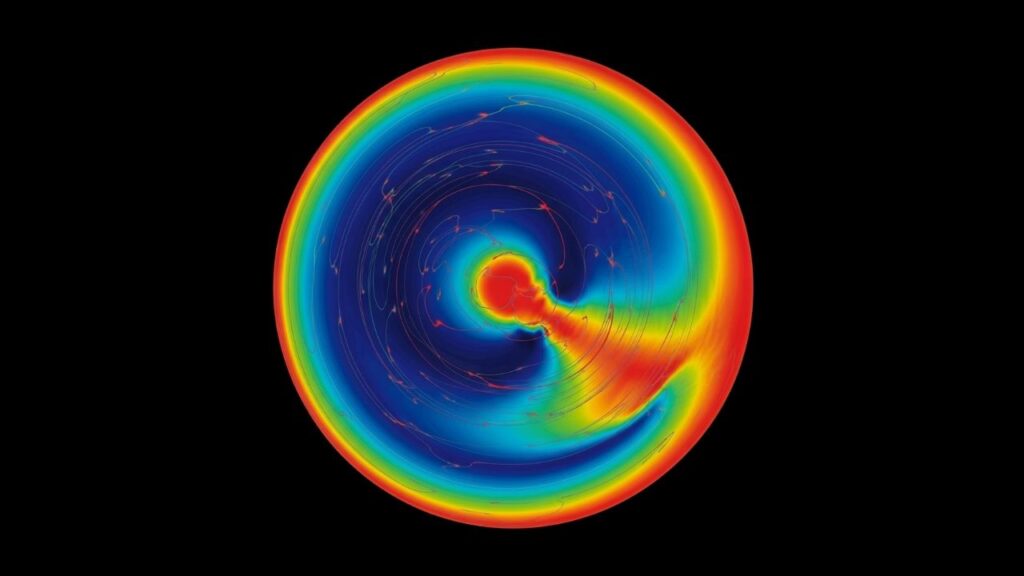
Plasmas are everywhere—from the glowing sun in our sky to the neon lights in our cities, and even in the quest for clean fusion energy. Yet, the way waves behave inside these hot, electrically charged gases is still full of mysteries. By observing image rotation in plasma, scientists have taken a major step toward unraveling these mysteries, with potential impacts ranging from better fusion reactors to new insights into the universe.
Physicists Observe Image Rotation Phenomenon in Plasma
| Feature/Fact | Details & Data | Career/Professional Insight |
|---|---|---|
| Phenomenon Observed | Image rotation (light dragging) in plasma | First direct experimental observation |
| Wave Type Used | Alfvén waves (slow group velocity) | Common in both labs and astrophysics |
| Plasma Rotation Control | Achieved using biased electrodes in the Large Plasma Device (UCLA) | Enables precise manipulation for research and applications |
| Degree of Image Rotation | Wave pattern rotated by tens of degrees left or right | Significant, measurable effect for practical study |
| Theory Validation | Matches predictions for isotropic media, despite plasma’s anisotropy | Suggests broader relevance of light-dragging theory |
| Astrophysical Implications | Alfvén waves are ubiquitous in nature, so effect could influence astrophysical phenomena | May impact models of wave and angular momentum transfer in space |
| Official Paper | “Image rotation in plasmas,” Gueroult et al., 2025 | Collaboration: Toulouse, UCLA, Paris-Saclay, Princeton |
The first observation of image rotation in plasma is a landmark achievement in physics. By using slow-moving Alfvén waves and precisely controlled plasma rotation, scientists have directly measured a phenomenon that was once only a theoretical prediction. This discovery not only deepens our understanding of plasma and wave dynamics but also opens the door to practical applications in fusion energy, space science, and advanced diagnostic tools. The journey from theory to experimental proof demonstrates the power of curiosity-driven research and its potential to transform our understanding of the universe.
Understanding Image Rotation in Plasma
What is Image Rotation?
Imagine looking through a spinning glass of water at a picture. As the water spins, the image appears to twist. In physics, a similar effect happens when a wave passes through a rotating medium—this is called image rotation or light dragging.
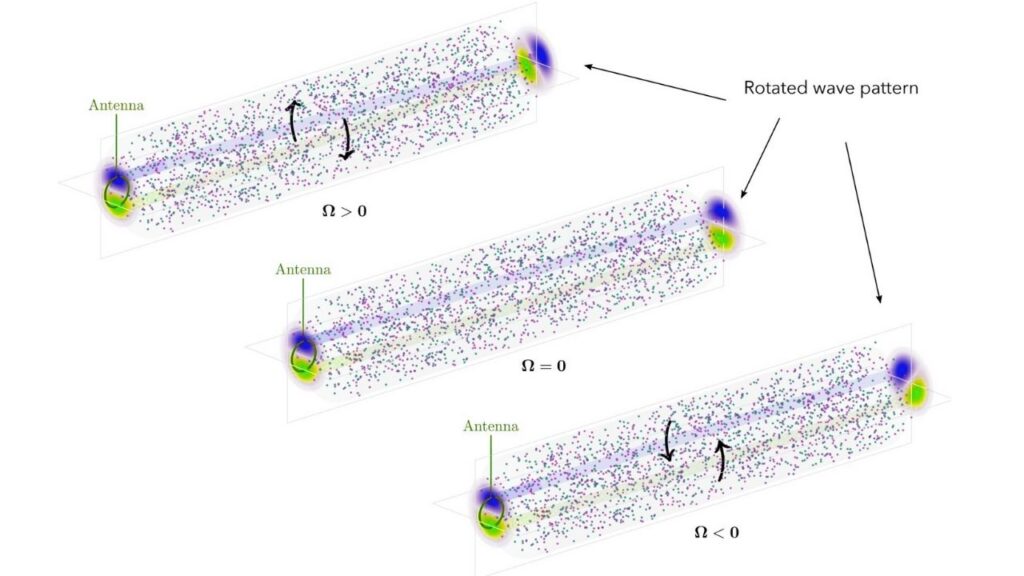
- Image rotation is the turning or twisting of a wave’s pattern as it moves through a rotating medium.
- The phenomenon is a result of the interaction between the wave’s orbital angular momentum (the “twist” in its shape) and the angular momentum of the medium (how fast and in what direction it spins).
- In plasma, this means the pattern of certain waves can be rotated simply by spinning the plasma itself.
Why Is This Important?
This effect, first theorized in the 19th century, has been extremely difficult to observe in everyday materials because light moves so much faster than any material can spin. But in plasma, special waves called Alfvén waves travel much slower, making the effect big enough to see and measure.
The Science Behind the Breakthrough
What is Plasma?
Plasma is often called the “fourth state of matter.” It’s a hot, electrically charged gas where electrons have separated from their atoms, creating a soup of ions and free electrons. Plasma is found in stars, lightning, and even in neon signs. It’s also the key ingredient in experimental fusion reactors, which aim to provide clean, limitless energy.
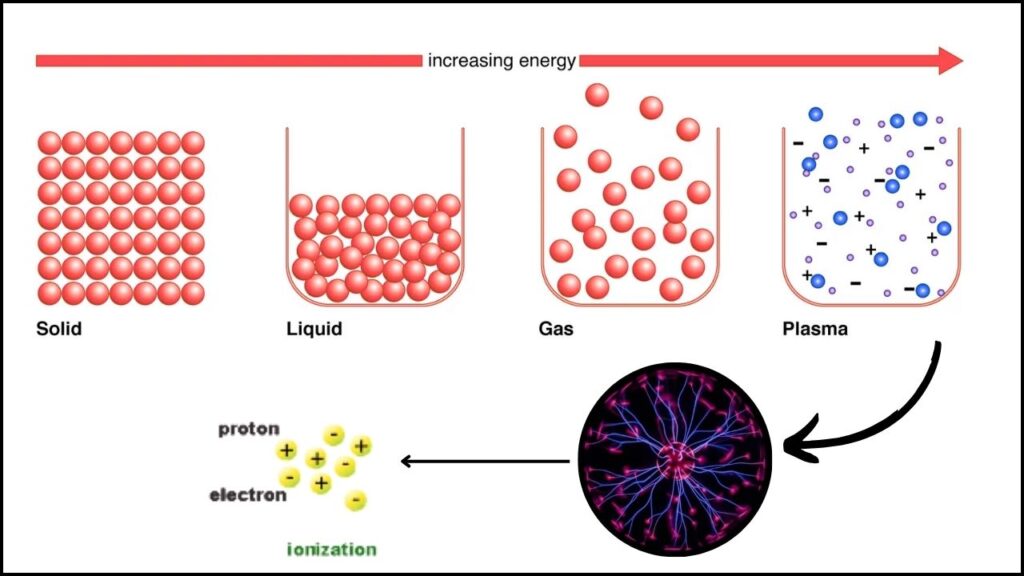
What Are Alfvén Waves?
Alfvén waves are a special type of wave that travels along magnetic field lines in plasma. They were first predicted by Swedish physicist Hannes Alfvén, who won the Nobel Prize in Physics for this discovery. Unlike light, Alfvén waves move much more slowly, which is why they’re so useful for observing effects like image rotation.
- These waves are important in both laboratory plasma experiments and in space, where they help transfer energy and momentum in the sun’s atmosphere and between stars.
How Do You Make Plasma Rotate?
To observe image rotation, scientists needed to make the plasma spin. They did this using biased electrodes—metal plates that can inject electric current into the plasma, causing it to rotate. By carefully controlling the electric current, researchers could adjust the speed and direction of the plasma’s rotation.
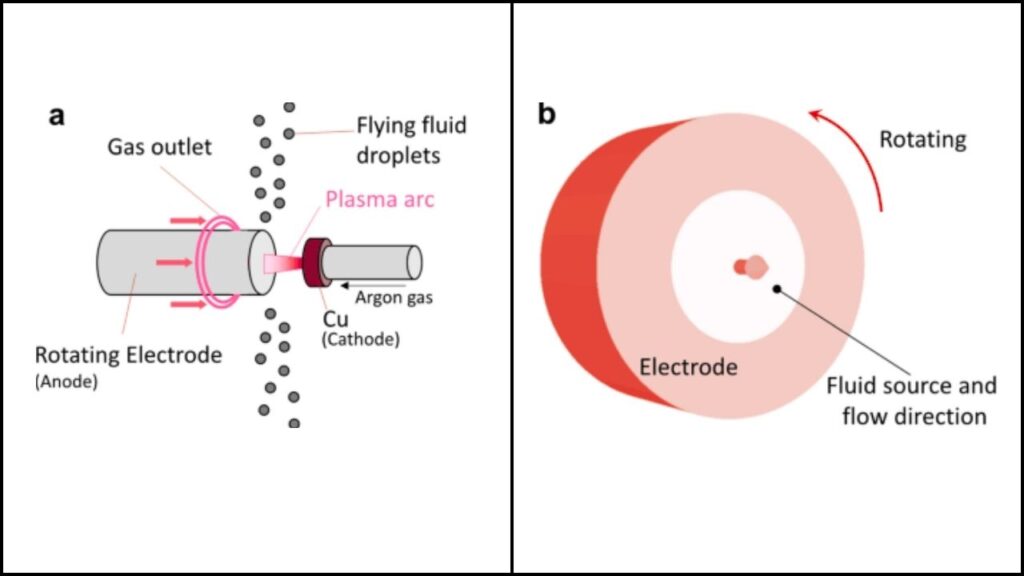
The Experiment: Step by Step
1. Creating the Plasma
Researchers used the Large Plasma Device (LAPD) at UCLA, one of the world’s most advanced plasma research facilities. They filled a long chamber with a low-pressure gas and then used electric and magnetic fields to turn it into plasma.
2. Launching Alfvén Waves
Once the plasma was spinning, scientists launched Alfvén waves into it. These waves have a distinctive spiral or “twisted” pattern, making them perfect for studying image rotation.
3. Measuring the Effect
As the Alfvén waves traveled through the spinning plasma, their spiral pattern rotated—sometimes by tens of degrees. Scientists used sensitive detectors to measure exactly how much the pattern turned. By changing the direction of the plasma’s rotation, they could make the wave pattern rotate left or right.
4. Comparing with Theory
The amount of rotation matched predictions from the light-dragging theory—a theory that describes how moving media can “drag” waves passing through them. This was especially remarkable because the theory was originally developed for simple materials, not the complex, magnetic environment of plasma.
Why This Discovery Matters
Confirming Long-Standing Theories
For over a century, physicists have predicted that moving media should rotate the patterns of waves passing through them. But because light moves so quickly, the effect is usually too small to see. By using slow-moving Alfvén waves in plasma, scientists have finally observed this effect in a natural, laboratory setting.
New Tools for Plasma Research
The ability to observe and measure image rotation in plasma opens up new possibilities for research. Scientists can now use this effect to study how plasma rotates and how waves transfer energy and momentum inside it. This could lead to better ways to control plasma in fusion reactors, making clean energy a step closer to reality.
Insights for Space Science
Alfvén waves are everywhere in space, especially in the sun’s atmosphere and between the stars. Understanding how these waves interact with rotating plasma could help explain phenomena like solar flares, magnetic storms, and the behavior of plasma in distant galaxies.
Practical Applications and Future Directions
Fusion Energy
Fusion reactors, like those being developed around the world, rely on plasma. Keeping the plasma stable and well-controlled is one of the biggest challenges in fusion research. By using image rotation as a diagnostic tool, scientists can better understand and control plasma rotation, potentially making fusion energy more efficient and reliable.
Space Exploration
Spacecraft and telescopes often study plasma in the sun and in space. By understanding how waves rotate in plasma, scientists can interpret signals from space more accurately, leading to better predictions of space weather and its effects on Earth.
Remote Sensing
One promising application is remote rotation sensing. By measuring the image rotation of waves passing through plasma, scientists can determine how fast the plasma is spinning—without having to touch it. This is especially useful in both laboratory and space environments.
Deeper Dive: The Physics of Image Rotation
Theoretical Foundations
The concept of light dragging dates back to the 1800s, when physicist Hippolyte Fizeau showed that light moves slightly faster in moving water than in still water. Later, Augustin-Jean Fresnel developed a mathematical theory to explain this, known as the Fresnel drag coefficient.
In simple terms, if a medium is moving, it can “drag” the wave along with it. For light, this effect is tiny because light is so fast. But for slower waves, like Alfvén waves in plasma, the effect becomes much larger.
The Role of Angular Momentum
Waves can carry angular momentum, which is a measure of their “twist.” When these waves move through a spinning medium, their twist can interact with the medium’s spin, causing the wave pattern to rotate. This is the essence of the image rotation effect.
Mathematical Description
Physicists use equations from electromagnetism and fluid dynamics to describe this effect. The key parameters are the speed of the wave, the speed of the medium’s rotation, and the properties of the plasma (like its density and magnetic field strength). The experiment at UCLA showed that the observed rotation matched the predictions from these equations, providing strong evidence for the theory.
Physicists Zero In on a Fifth Force That Could Reveal What Dark Matter Really Is
New Discovery in Atomic Physics Could Unlock Powerful Quantum Behaviors in Ultra-Cold Matter
FAQs About Physicists Observe Image Rotation Phenomenon in Plasma
What is image rotation in plasma?
Image rotation in plasma is the turning of a wave’s pattern as it passes through a spinning plasma. It’s caused by the plasma’s rotation dragging the wave’s structure, much like a spinning river can twist floating leaves.
Why are Alfvén waves important for this discovery?
Alfvén waves travel much slower than light, making the image rotation effect large enough to measure. They are also common in both laboratory and space plasmas, making them ideal for studying fundamental physics.
How does this help fusion research?
By understanding and measuring plasma rotation using image rotation, scientists can better control the stability of plasma in fusion reactors. This could help make fusion energy a practical reality.
Can this effect be seen in other materials?
In theory, yes—but in most materials, the effect is far too small to detect because waves travel so quickly. Plasma’s unique properties make the effect observable.
What are the implications for space science?
Since Alfvén waves and rotating plasma are common in space, this discovery could help explain how energy and momentum move through the sun’s atmosphere and the wider universe.
